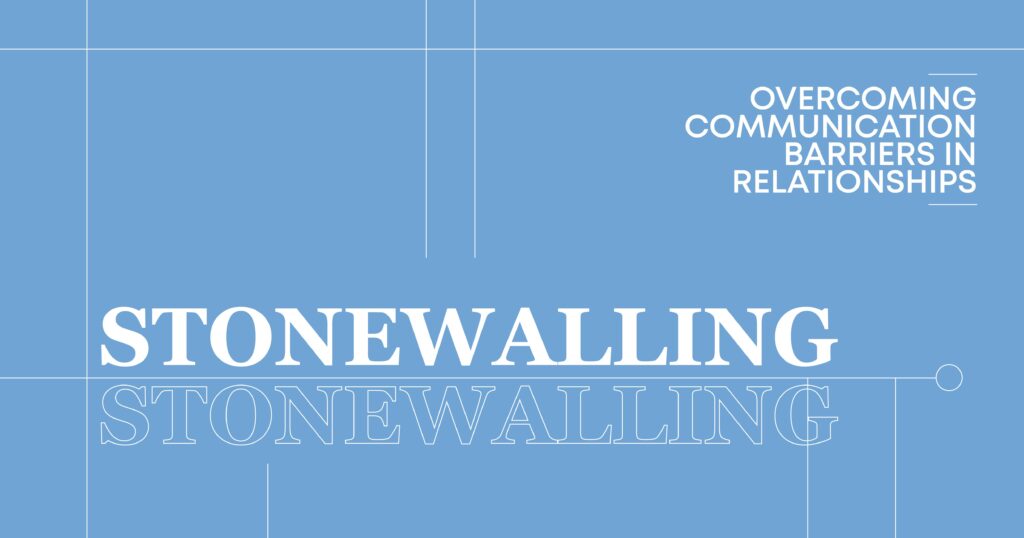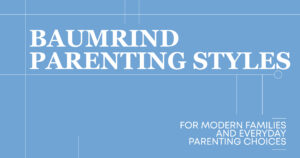In every relationship, communication is the glue that binds two people together. When communication is strong, couples feel connected, heard, and valued. However, when communication breaks down, it can create walls between partners. One of the most damaging patterns that emerge in such situations is stonewalling – a behavior where one person shuts down and refuses to engage in the discussion.
But what is stonewalling, and why is it so harmful to relationships? This blog explores the roots of stonewalling, its common signs, why it happens, and – most importantly – how couples can work toward healing and reconnecting.
Understanding Stonewalling
Stonewalling is often misunderstood as simply “needing space” or “taking a break.” In reality, it’s a much deeper form of emotional withdrawal that can leave the other partner feeling dismissed, invalidated, or even invisible.

Definition of Stonewalling in Relationships
At its core, stonewalling is the act of shutting down during conflict or intense conversations. Instead of participating in interpersonal communication, the stonewalling partner may refuse to speak, give minimal responses, avoid eye contact, or physically remove themselves from the situation. While it may appear like an attempt to avoid escalation, it often intensifies the problem by creating a cycle of relationship conflict and unresolved emotions.
According to psychologist John Gottman, stonewalling is one of the “Four Horsemen of the Apocalypse” in relationships – behaviors that predict separation or divorce if left unaddressed (Gottman Institute).
Common Signs of Stonewalling
Stonewalling doesn’t always look the same. For some, it’s the silent treatment; for others, it’s avoiding difficult topics altogether. Here are some signs:
- Refusing to answer questions or engage in discussions.
- Giving one-word or dismissive replies.
- Avoiding eye contact or turning away during conversations.
- Pretending to be busy with something else instead of talking.
- Walking out of the room when conflicts arise.
Recognizing these behaviors early can help couples identify when communication breakdown is happening before it becomes a damaging pattern.
Why Stonewalling Occurs
Stonewalling rarely comes out of nowhere. It’s often a defense mechanism that develops over time due to stress, unresolved conflict, or unhealthy relationship dynamics.
Avoidant Behavior and Emotional Withdrawal
For many, stonewalling is a form of avoidant behavior – a way to escape from the discomfort of conflict. Instead of expressing feelings, the stonewalling partner shuts down completely. This can create emotional distance, making the other partner feel neglected or rejected.
Psychologists at the American Psychological Association suggest that people who experienced conflict avoidance in childhood, or who were raised in environments where emotions weren’t openly discussed, may be more likely to engage in emotional withdrawal as adults.
Communication Breakdown and Relationship Conflict
Another major reason stonewalling occurs is when couples don’t know how to navigate disagreements in a healthy way. Without effective conflict resolution skills, arguments can escalate quickly. When one partner feels overwhelmed, they may resort to silent treatment as a way to “protect” themselves from confrontation.
Unfortunately, this often backfires. Instead of calming tensions, stonewalling usually deepens relationship conflict because the other partner feels shut out and invalidated. Over time, repeated communication breakdown can erode trust and intimacy in the relationship.
Strategies to Address Stonewalling
Overcoming stonewalling takes effort from both partners. It requires self-awareness, empathy, and a willingness to rebuild open communication.
The Role of Communication in Preventing Stonewalling
The first step in addressing stonewalling is improving interpersonal communication. Couples can create safe spaces where both partners feel comfortable expressing emotions without fear of judgment or criticism. Some helpful strategies include:
- Using “I” statements instead of blame (e.g., “I feel hurt when…” rather than “You always…”)
- Practicing active listening – focusing on understanding, not just responding
- Scheduling calm discussions instead of bringing up sensitive issues during heated moments
- Agreeing on “time-outs” where either partner can step away briefly but commit to returning to the conversation
These simple communication practices can help reduce the likelihood of emotional withdrawal and strengthen mutual understanding.
Conflict Resolution Techniques for Couples
Not every disagreement has to spiral into relationship conflict. By learning practical tools for conflict resolution, couples can approach problems more constructively. Here’s a table comparing unhealthy vs. healthy approaches to conflict:
| Unhealthy Conflict Response | Healthy Conflict Resolution |
| Giving the silent treatment | Expressing feelings openly with “I” statements |
| Walking away without explanation | Taking a short break but agreeing to revisit the issue |
| Ignoring the problem | Collaborating on solutions |
| Reacting defensively | Practicing empathy and listening |
Couples who adopt healthier habits not only reduce communication breakdowns but also build stronger trust and resilience in their relationship. For additional insights, check the National Institute of Mental Health on emotional regulation and communication in relationships.
Seek Professional Help at Hillside Horizon for Teens
Sometimes, stonewalling is too deeply ingrained to resolve without professional guidance. If stonewalling is creating lasting emotional distance or contributing to ongoing relationship conflict, counseling may be necessary.
At Hillside Horizon for Teens, we specialize in helping families and young people navigate communication challenges, rebuild trust, and develop healthier relationship skills. Our trained professionals provide evidence-based therapies that address avoidant behavior, improve conflict resolution, and restore emotional connection.
If you or someone you love is struggling with stonewalling or other communication barriers, don’t wait until the relationship is at risk of permanent damage. Reach out to Hillside Horizon today for compassionate support and tailored solutions.
Contact Hillside Horizon for Teens to learn how we can help strengthen your relationships and restore meaningful communication.

FAQs
What causes a communication breakdown in relationships leading to stonewalling?
A communication breakdown often occurs when partners don’t feel heard or safe expressing emotions. Over time, this can trigger stonewalling as one partner withdraws to avoid further conflict.
How does emotional distance contribute to the silent treatment in relationship conflicts?
When partners feel disconnected, emotional distance can manifest as the silent treatment. This withdrawal is often used to protect oneself, but usually makes conflicts harder to resolve.
What is the impact of avoidant behavior on interpersonal communication and emotional withdrawal?
Avoidant behavior disrupts healthy interpersonal communication and often leads to emotional withdrawal, leaving partners feeling unsupported and isolated in the relationship.
How can partners address relationship conflict through effective conflict resolution strategies?
Couples can reduce relationship conflict by practicing empathy, active listening, and learning constructive conflict resolution skills such as compromise and problem-solving together.
When should one consider seeking professional help for stonewalling and emotional withdrawal in relationships?
If stonewalling and emotional withdrawal are persistent and damaging intimacy or trust, it’s wise to seek professional help. Therapists can provide structured guidance to break negative cycles.





